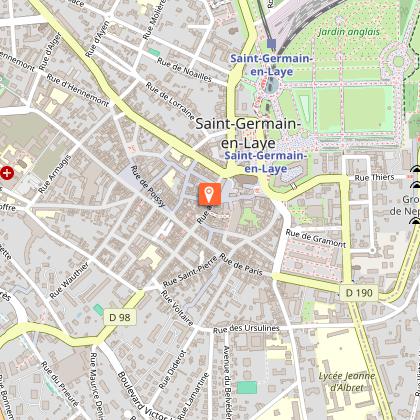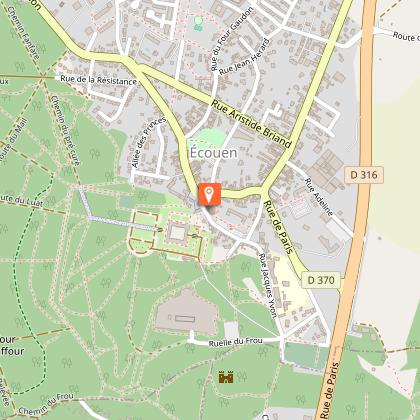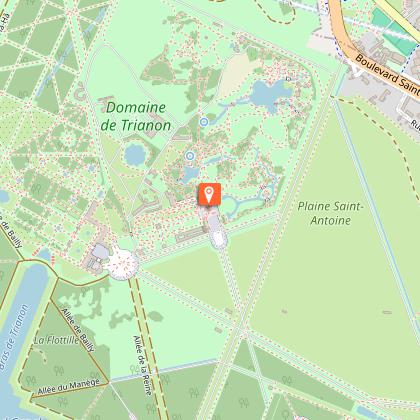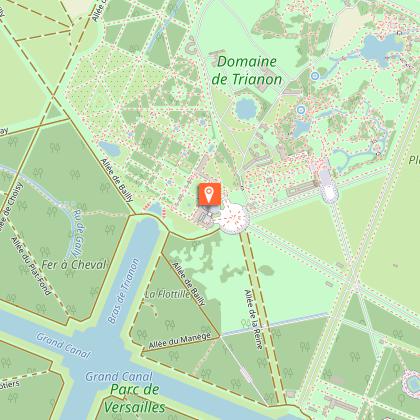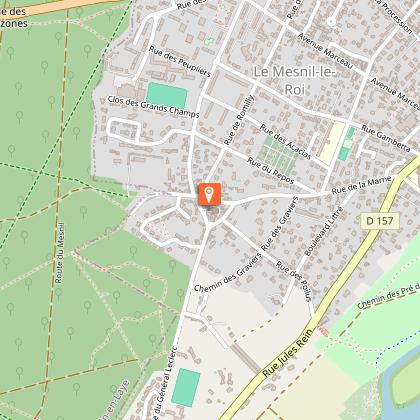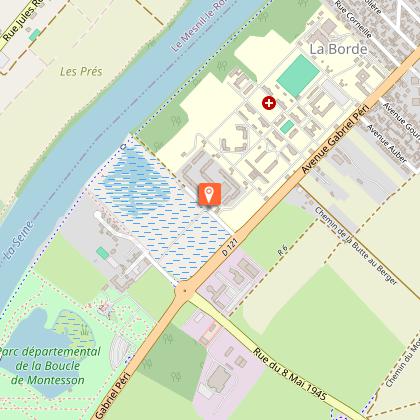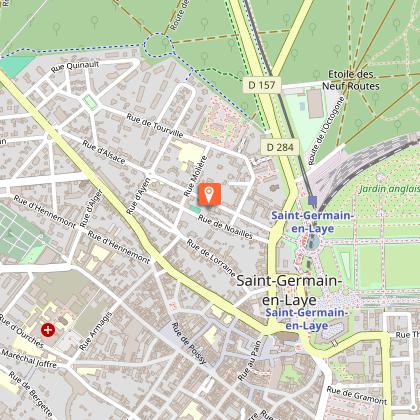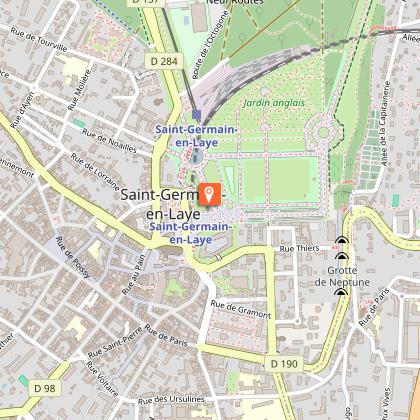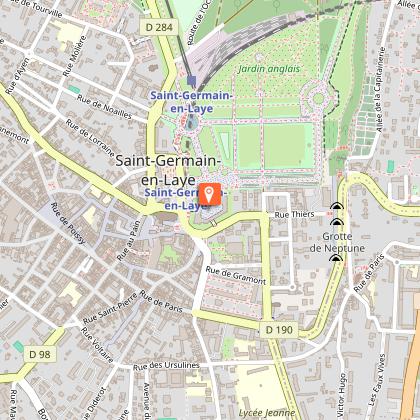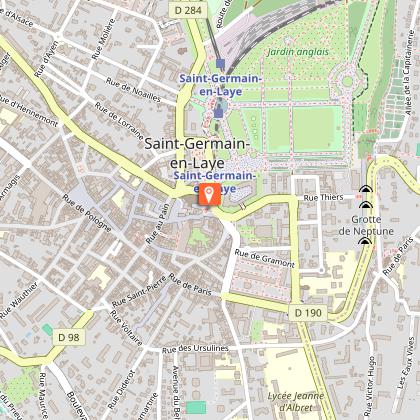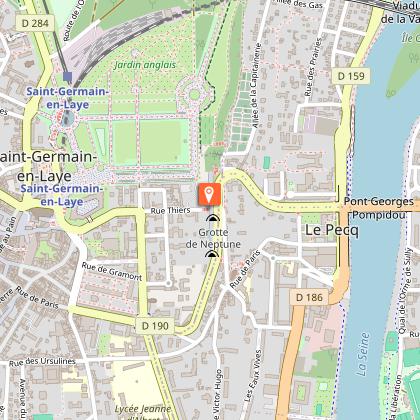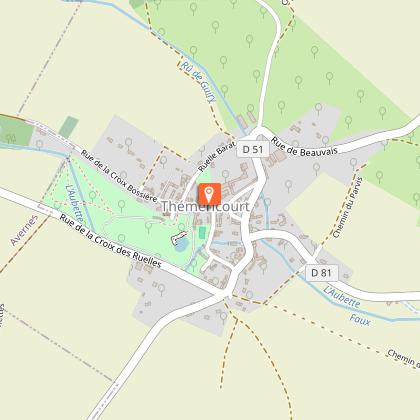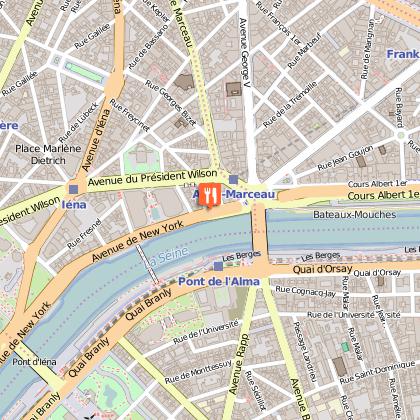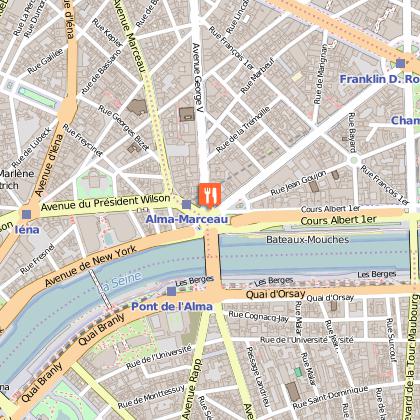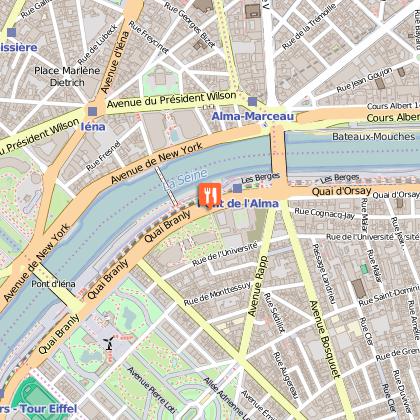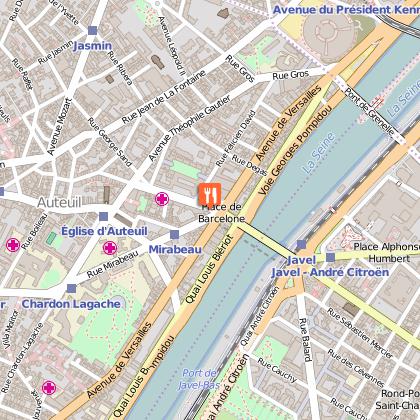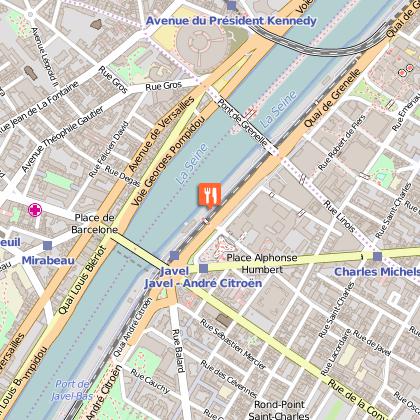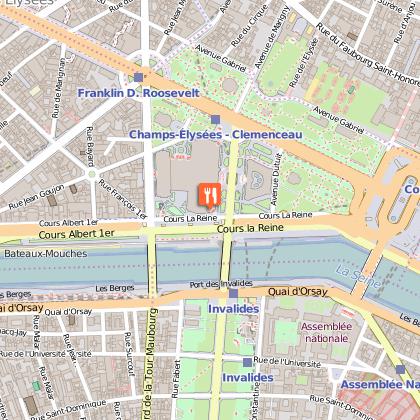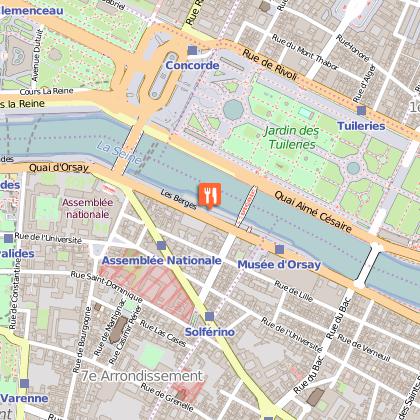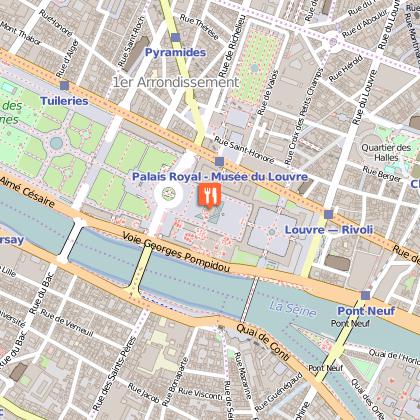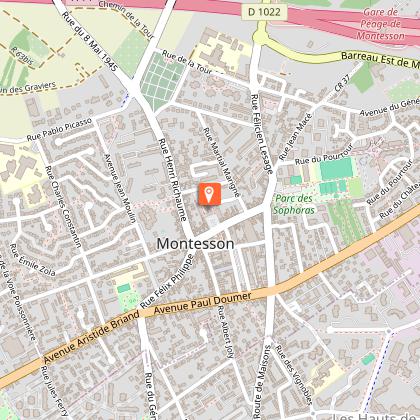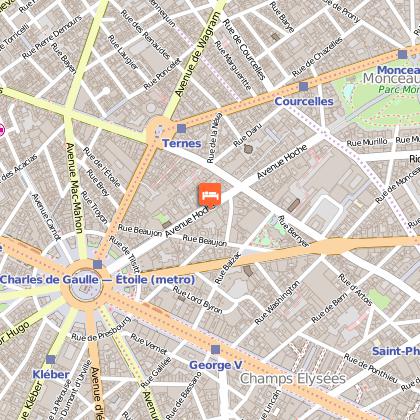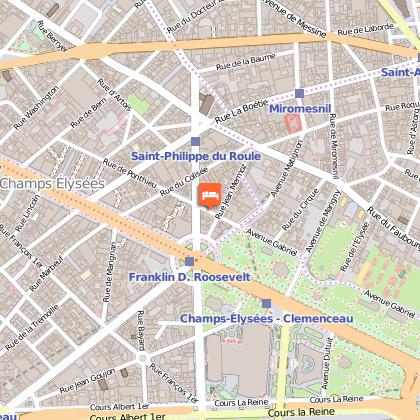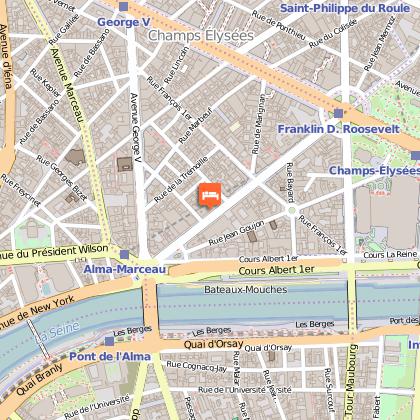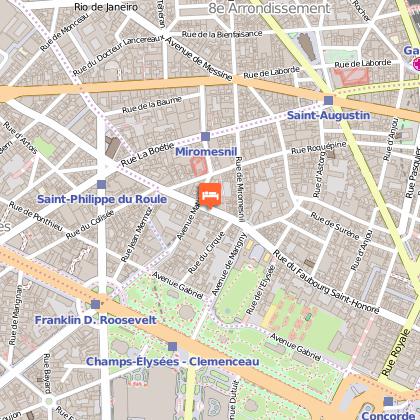Tours
Activities
Places of interest
Where to eat
Where to sleep
Exploring Puiseux-pontoise in the heart of Val-d'Oise
Are you in charge of the destination?Nestled in the charming department of Val-d'Oise, Puiseux-Pontoise is an ideal destination for anyone looking to immerse themselves in the beauty and culture of the Île de France. Begin your visit with a stroll through the scenic village, where the authentic urban landscape blends ancient buildings with vast green spaces.
The surroundings of Puiseux-Pontoise are brimming with historical and natu...See more
The surroundings of Puiseux-Pontoise are brimming with historical and natu...See more
Walking around Puiseux-pontoise
See more suggestionsEmbark on a hike in Puiseux-pontoise.
See more suggestionsWhat to do in Puiseux-pontoise
See more suggestionsRelax and have fun with the available activities in Puiseux-pontoise.
See more suggestionsIGN cards
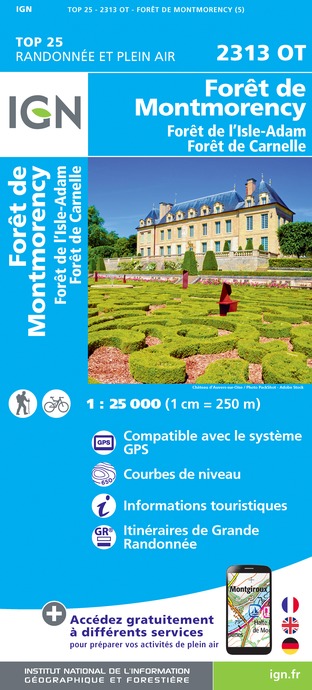
2313OT - FORÊT DE MONTMORENCY FORÊT DE L'ISLE-ADAM FORÊT DE CARNELLE
Editor : IGN
Collection : TOP 25 ET SÉRIE BLEUE
Scale : 1:25 000
13.90€
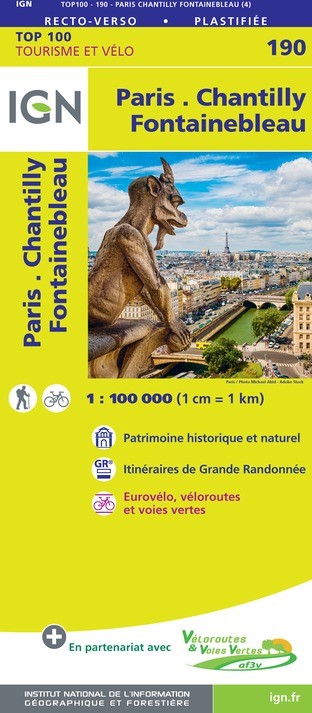
190 PARIS CHANTILLY FONTAINEBLEAU
Editor : IGN
Collection : TOP 100
Scale : 1:100 000
8.40€

108 PARIS ROUEN BEAUVAIS PNR DU VEXIN FRANÇAIS
Editor : IGN
Collection : TOP 100
Scale : 1:100 000
8.40€

D75-95 ÎLE-DE-FRANCE OUEST
Editor : IGN
Collection : CARTES DÉPARTEMENTALES IGN
Scale : 1:150 000
5.90€

D60-80 OISE SOMME
Editor : IGN
Collection : CARTES DÉPARTEMENTALES IGN
Scale : 1:150 000
5.90€

D28 EURE-ET-LOIR
Editor : IGN
Collection : CARTES DÉPARTEMENTALES IGN
Scale : 1:150 000
5.90€

D27-76 EURE SEINE-MARITIME
Editor : IGN
Collection : CARTES DÉPARTEMENTALES IGN
Scale : 1:150 000
5.90€

NR01 HAUTS-DE-FRANCE
Editor : IGN
Collection : CARTES RÉGIONALES IGN
Scale : 1:250 000
6.80€

NR03 ÍLE DE FRANCE
Editor : IGN
Collection : CARTES RÉGIONALES IGN
Scale : 1:250 000
6.80€
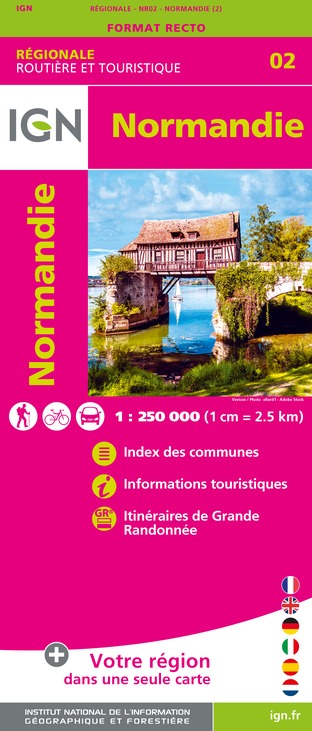
NR02 NORMANDIE
Editor : IGN
Collection : CARTES RÉGIONALES IGN
Scale : 1:250 000
6.80€

801 FRANCE NORD OUEST
Editor : IGN
Collection : CARTES NATIONALES IGN
Scale : 1:320 000
6.10€

EUROPE
Editor : IGN
Collection : DÉCOUVERTE DES PAYS DU MONDE IGN
Scale : 1:2 500 000
7.00€
What to visit in Puiseux-pontoise
See more suggestionsStroll through the historic districts of Puiseux-pontoise.
See more suggestionsWhere to eat in Puiseux-pontoise
See more suggestionsSavor culinary specialties in Puiseux-pontoise.
See more suggestionsWhere to sleep in Puiseux-pontoise
See more suggestionsDiscover available accommodations around Puiseux-pontoise.
See more suggestions









